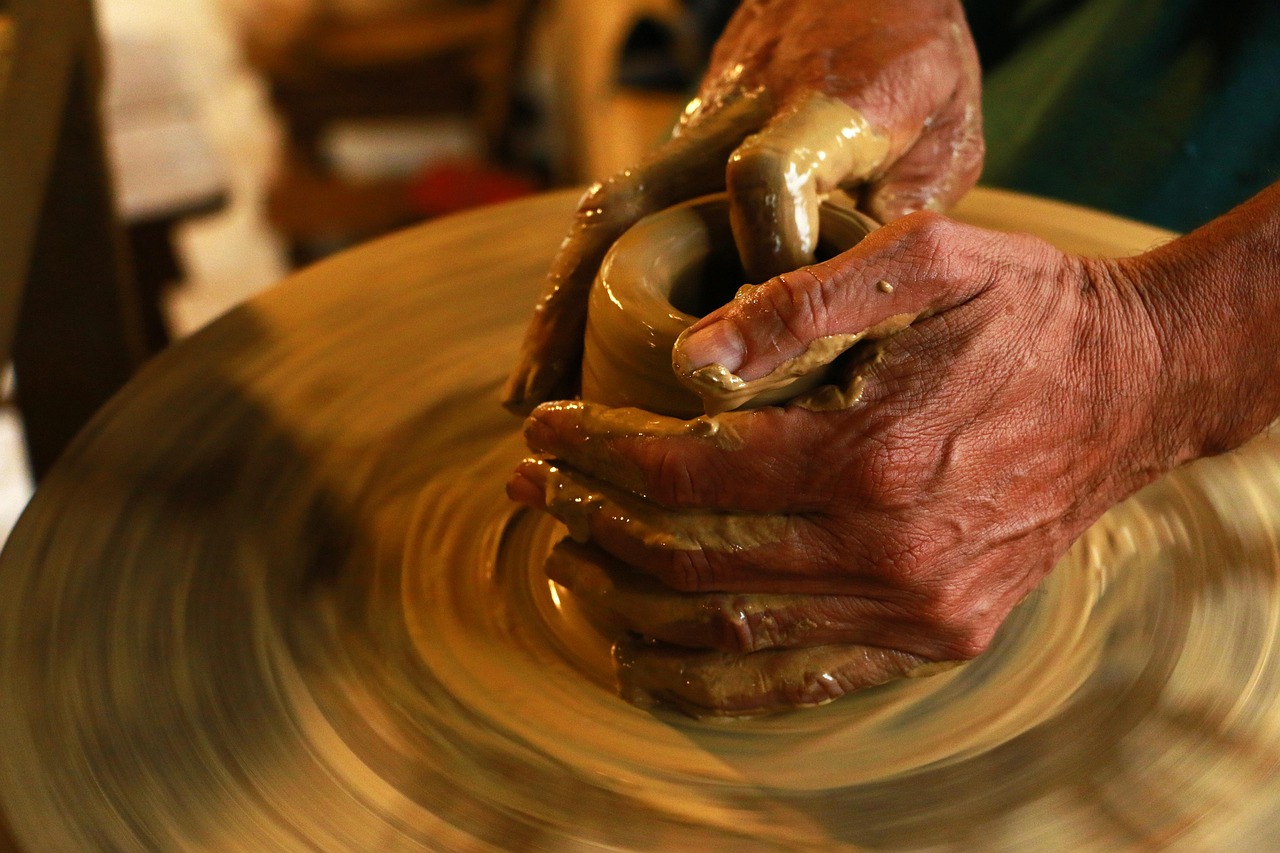Somatic Techniques You Can Use Mid-Meeting to Stop an Anxiety Attack
Anxiety can strike at the most inopportune moments, particularly in professional settings where the stakes are high, and the pressure is palpable. Meetings, whether virtual or in-person, can be a breeding ground for anxiety due to their often high-stakes nature, social dynamics, and the pressure to perform. For many, the physical embodiment of anxiety—racing heart, sweaty palms, and shortness of breath—can be debilitating. However, somatic techniques, which focus on the mind-body connection, offer practical solutions to manage these symptoms. This article explores 11 distinct somatic techniques you can employ mid-meeting to curb anxiety attacks, helping you regain control and maintain your composure.
Grounding Through Sensory Awareness

Grounding techniques are a cornerstone of managing anxiety, as they draw your focus away from anxious thoughts and back to the present moment. Sensory awareness involves tuning into the physical sensations around you. During a meeting, discreetly engage your senses: feel the texture of the table or chair, listen to the ambient sounds, or notice the temperature of the room. This technique helps divert your mind from spiraling thoughts to the tangible world, anchoring you in the here and now. The simplicity of sensory awareness makes it an effective tool that can be seamlessly integrated into any setting without drawing attention.
Breath Control: The Power of Deep Breathing

Deep breathing is a well-known somatic technique that can instantly calm the nervous system. When anxiety strikes, your breath often becomes shallow and rapid. To counteract this, practice deep breathing by inhaling slowly through your nose, allowing your abdomen to expand, and then exhaling gently through your mouth. This process activates the parasympathetic nervous system, promoting relaxation. In a meeting, you can perform this technique subtly by focusing on elongating your exhalations, which naturally slows your heart rate and reduces anxiety symptoms, allowing you to maintain your focus and composure.
Progressive Muscle Relaxation: Easing Tension

Progressive Muscle Relaxation (PMR) is an effective method to reduce physical tension associated with anxiety. It involves systematically tensing and then relaxing different muscle groups in your body. Begin with your toes, working your way up to your head, tensing each muscle group for a few seconds before releasing. This technique not only alleviates physical tension but also shifts your mental focus from anxiety to the process of relaxation. In a meeting, you can perform a modified version by discreetly tightening and releasing muscles in your hands or feet, helping to alleviate stress without drawing attention.
Visualization: Creating a Mental Sanctuary

Visualization involves creating a mental image of a peaceful place or scenario to distract from anxiety-inducing thoughts. Close your eyes for a moment and imagine a serene landscape, such as a beach or forest, immersing yourself in the details—sounds, smells, and sights. This mental escape can provide a powerful sense of calm and control. During a meeting, even a brief visualization can help reset your mental state, allowing you to return to the discussion with a clearer mind and reduced anxiety levels. Visualization is a portable technique, making it an ideal choice for managing anxiety in professional settings.
Mindful Listening: Engaging with Presence

Mindful listening is a technique that involves fully immersing yourself in the act of listening. Instead of allowing your mind to wander or fixate on anxious thoughts, focus intently on the speaker's words, tone, and body language. This practice not only helps you stay present but also improves your engagement and comprehension of the meeting's content. By redirecting your attention outward, mindful listening reduces the internal chatter that often accompanies anxiety. This technique fosters a greater connection with others and can transform anxiety into an opportunity for deeper understanding and collaboration.
Anchoring with a Physical Object

Anchoring is a technique that involves using a physical object to ground yourself during moments of anxiety. Choose a small, inconspicuous item, such as a pen or ring, and focus on its texture, weight, and temperature. This tactile engagement helps redirect your mind from anxious thoughts to the present moment. In a meeting, you can discreetly hold or touch your anchor object, providing a sense of stability and calm. Anchoring is a versatile tool that can be personalized to suit your preferences, making it a practical option for managing anxiety in various professional settings.
The 5-4-3-2-1 Technique: A Multi-Sensory Approach

The 5-4-3-2-1 technique is a grounding exercise that engages all five senses to bring your attention back to the present. Begin by identifying five things you can see, four things you can touch, three things you can hear, two things you can smell, and one thing you can taste. This methodical approach helps interrupt the cycle of anxious thoughts by engaging your senses in a structured manner. In a meeting, you can perform this exercise quietly in your mind, using it as a tool to regain focus and composure. The 5-4-3-2-1 technique is a powerful way to harness the calming effects of sensory awareness.
Self-Compassion: Reframing Your Inner Dialogue

Practicing self-compassion involves treating yourself with kindness and understanding, especially during moments of anxiety. Instead of criticizing yourself for feeling anxious, acknowledge your emotions and remind yourself that it's okay to experience anxiety. Reframe your inner dialogue by offering supportive and encouraging words, much like you would to a friend. In a meeting, this shift in perspective can reduce the pressure you place on yourself, allowing you to approach the situation with greater ease and confidence. Self-compassion fosters resilience and is an essential component of managing anxiety effectively.
Postural Adjustments: The Impact of Body Language

Your body language can significantly influence your mental state. Anxiety often leads to closed-off postures, such as crossed arms or hunched shoulders, which can exacerbate feelings of stress. By consciously adjusting your posture—sitting up straight, relaxing your shoulders, and opening your chest—you can signal to your brain that you are in control and confident. In a meeting, these subtle postural adjustments can enhance your presence and reduce anxiety, allowing you to engage more effectively. The connection between body language and emotional state underscores the importance of somatic techniques in managing anxiety.
Integrating Somatic Techniques for Lasting Relief

The journey to managing anxiety in professional settings is deeply personal, yet universally relevant. By integrating somatic techniques into your routine, you can cultivate a toolkit of strategies to draw upon when anxiety strikes. These techniques, from grounding and breath control to visualization and self-compassion, empower you to navigate meetings with greater ease and confidence. As you practice these methods, you'll find that they not only alleviate anxiety in the moment but also contribute to a more resilient and balanced approach to professional challenges. Embrace these somatic techniques as allies in your pursuit of calm and composure, transforming anxiety into an opportunity for growth and self-discovery.
